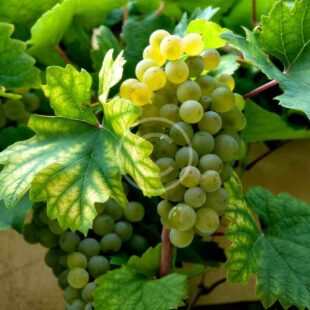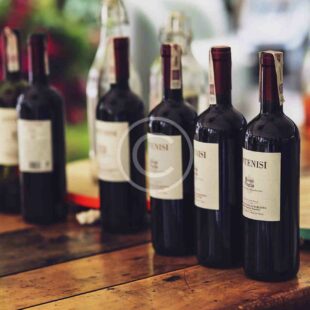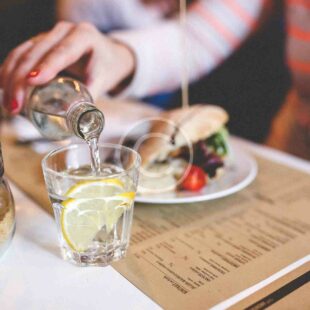What Is Fortified Wine Actually?

Fortified wine is a wine to which a distilled spirit, usually brandy, is added. Many different styles of fortified wine have been developed, including Port, Sherry, Madeira, Marsala, Commandaria wine and the aromatized wine Vermouth. The original reason for fortifying wine was to preserve it, since ethanol is a natural antiseptic. Even though other preservation methods now exist, fortification continues to be used because the process can add distinct flavors to the finished product.
Although grape brandy is most commonly added to produce fortified wines, the additional alcohol may also be neutral spirit that has been distilled from grapes, grain, sugar beets, or sugarcane. Regional appellation laws may dictate the types of spirit that are permitted for fortification. The source of the additional alcohol and the method of its distillation can affect the flavor of the fortified wine. If neutral spirit is used, it will usually have been produced with a continuous still, rather than a pot still.
When added to wine before the fermentation process is complete, the alcohol in the distilled beverage kills the yeast and leaves residual sugar behind. The end result is a wine that is both sweeter and stronger, normally containing about 20% alcohol by volume (ABV). During the fermentation process, yeast cells in the must continue to convert sugar into alcohol until the must reaches an alcohol level of 16%–18%. At this level, the alcohol becomes toxic to the yeast and kills it. If fermentation is allowed to run to completion, the resulting wine will (in most cases) be low in sugar and will be considered a dry wine. The earlier in the fermentation process that alcohol is added, the sweeter the resulting wine will be. For drier fortified wine styles, such as sherry, the alcohol is added shortly before or after the end of the fermentation.
In the case of some fortified wine styles (such as late harvest and botrytized wines), a naturally high level of sugar will inhibit the yeast. This causes fermentation to stop before the wine can become dry.







Reply